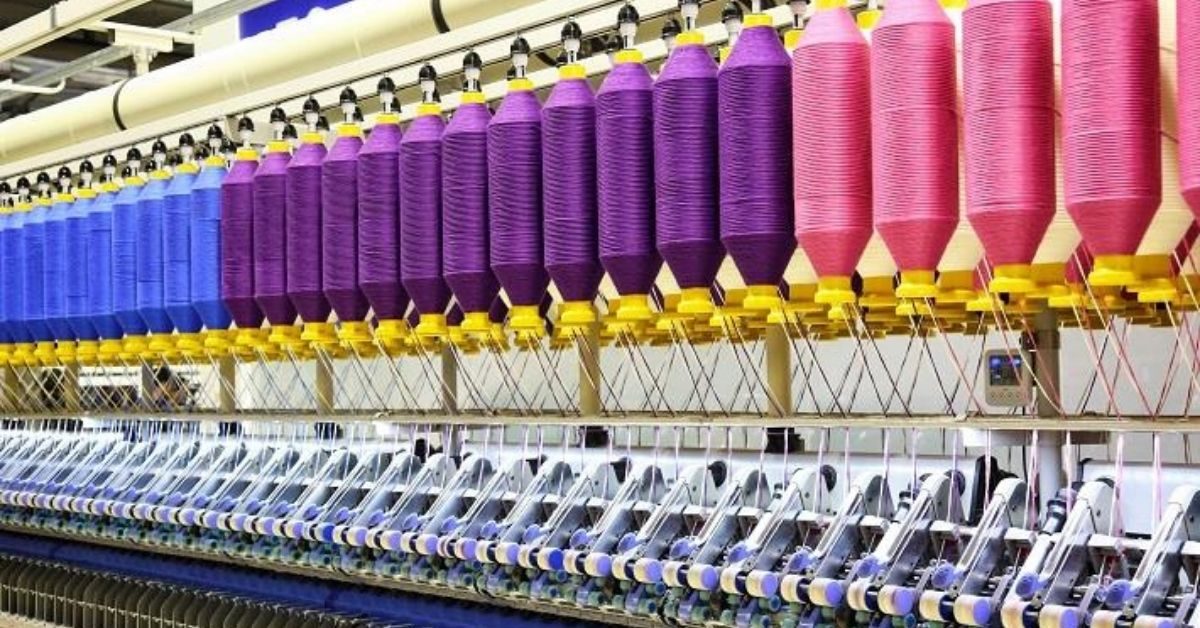The Indian textile and apparel sector, with $37 billion exports and $85 billion domestic consumption, is one of the largest employers in the country. Every $1 billion additional exports in apparel manufacturing can create 1.5 lakh new jobs. If we capitalise on the current China-plus-One opportunity, Indian exports will grow in double digits for the next several years, which in turn will create millions of jobs.
The Indian apparel sector needs scale, specialisation and competitiveness to capitalise on the emerging post-Covid opportunities in global trade.
Need for scale: Scale is important to bring down the cost of production, improve productivity levels to match global benchmarks and, thereby, cater to large orders from markets like the US. With right scale and technology interventions, India can match the manufacturing costs of competing countries.
With growing awareness on social and environmental issues, global buyers are looking for more compliant, sustainable and large factories to place bulk orders; these are available in China and Vietnam. Such facilities need to be created in India too.
The PLI scheme incentivises scale, and ROCE will be high for companies investing in this scheme. With a condition on incremental sales growth, this scheme ensures investment from the enterprise to grow capacity on a continuous basis. India can surely build ten $1 billion companies in the next few years.
Specialisation: India has built a strong ecosystem in cotton apparels, but is lagging in man-made fibre (MMF) apparel manufacturing. Global fashion is moving towards blends. The US annually imports around ₹3-lakh crore worth of MMF apparels. In this mega market, India has a share of just 2.5 per cent. PLI addresses this friction point.
Hence, with a focussed approach, the sector can be aligned towards global fashion demands. PLI incentivises the manufacturing of MMF apparel and fabrics. Instead of providing scattered incentives to so many products, it’s time to specialise in a few products which have huge market opportunity.
In India, spinning companies demonstrated world-class productivity levels and also built scale. Now it’s time for these companies to invest in weaving/knitting and processing to build a strong MMF ecosystem. Integrated companies can invest in greenfield projects to make MMF apparel and compete with strong players like China and Vietnam in cost. India’s largest export item commands just $2-2.5 per unit. With rising costs, we need to bet on value addition to get better price realisation and that’s possible by focussing on MMF apparels.
Competitiveness: To compete with low-cost competitors, India needs to be ultra-efficient in pricing. With assured production incentives in the PLI scheme, entrepreneurs with growth aspirations will boldly invest in integrated smart factories. This can help achieve world-class productivity and manufacturing efficiency.
Attracting capital: Only 10 per cent of the Indian textile sector is in the listed space. The textile sector’s (excluding raw-material makers) market cap of around ₹2-lakh crore is hardly 1 per cent of the BSE’s ₹250-lakh crore market cap. Many textile companies in the SME space are not participating in the wealth creation story of the stock market.
PLI will enable SMEs to grow their balance sheet size. This will enable them to attract capital through PEs and IPOs. Global ESG funds are chasing companies with good practices.
Many textile companies in the unlisted space are demonstrating world-class sustainable practices and can attract a lot of capital if they present the right themes. PLI will help initiate the basic change in terms of better visibility and competitiveness.
In the past two years, the government has initiated a lot of structural reforms to bring new energy to the textile sector. PLI is one such reform and it’s time for the industry to step up and announce new projects under this scheme and move towards making India the fashion capital of the world.
Source : The Hindu Businessline







